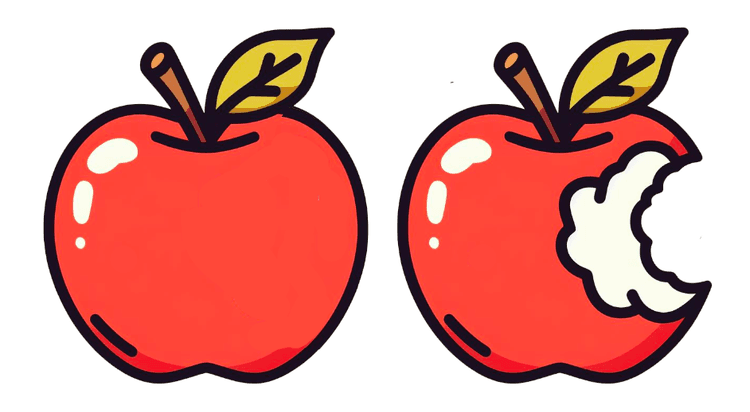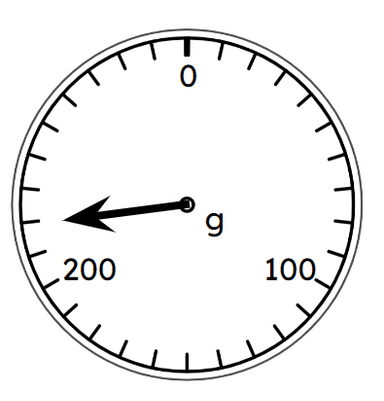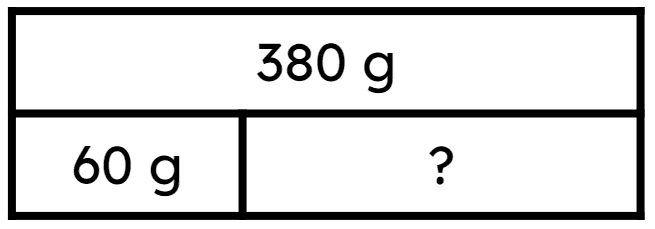Myths about teaching can hold you back
- Year 3
Solve problems involving mass
I can solve problems involving mass.
These resources were made for remote use during the pandemic, not classroom teaching.
Switch to our new teaching resources now - designed by teachers and leading subject experts, and tested in classrooms.
Lesson details
Key learning points
- Visualising a word problem helps us see the mathematics.
- Word problems can be represented as a bar model by identifying the parts and the whole.
- The bar model helps us to understand the structure of the maths and to form a calculation to help solve the problem.
- Number facts can be used when solving problems involving mass.
Keywords
Bar model - A bar model is a pictorial representation of a problem where bars are used to represent the known and unknown quantities.
Whole - The whole is all of something. It is complete.
Part - A part is some but not all of something. It is an amount or section which, when combined with others, makes up the whole.
Mass - Mass is a measure of how much matter something contains. It is measured by how much something weighs. Mass can be measured in kg and g.
Common misconception
Children may misidentify the parts or wholes in a problem.
Children should be encouraged to visualise the problem (eg. act it out or draw it) to help them identify the parts and whole.
To help you plan your year 3 maths lesson on: Solve problems involving mass, download all teaching resources for free and adapt to suit your pupils' needs...
To help you plan your year 3 maths lesson on: Solve problems involving mass, download all teaching resources for free and adapt to suit your pupils' needs.
The starter quiz will activate and check your pupils' prior knowledge, with versions available both with and without answers in PDF format.
We use learning cycles to break down learning into key concepts or ideas linked to the learning outcome. Each learning cycle features explanations with checks for understanding and practice tasks with feedback. All of this is found in our slide decks, ready for you to download and edit. The practice tasks are also available as printable worksheets and some lessons have additional materials with extra material you might need for teaching the lesson.
The assessment exit quiz will test your pupils' understanding of the key learning points.
Our video is a tool for planning, showing how other teachers might teach the lesson, offering helpful tips, modelled explanations and inspiration for your own delivery in the classroom. Plus, you can set it as homework or revision for pupils and keep their learning on track by sharing an online pupil version of this lesson.
Explore more key stage 2 maths lessons from the Measures: mass and capacity unit, dive into the full primary maths curriculum, or learn more about lesson planning.

Licence
Prior knowledge starter quiz
6 Questions
Q1.Look at the picture of the apple before and after it had been partly eaten. At which point did it have the greatest mass?

Q2.Look at this bar model. What does the 600 g represent?

Q3.Match the multiple of ten to the number of tens that it is composed from.
4 tens
45 tens
10 tens
11 tens
31 tens
Q4.Match each whole number to the number that is half of it.
10
30
50
130
320
Q5.Match each calculation to its answer.
10
20
40
50
60
Q6.What mass is this scale showing?

Assessment exit quiz
6 Questions
Q1.Look at the problem and bar models. Which bar model is an accurate representation of the problem?

Q2.Look at the bar model. Calculate how much heavier Sophia's whole cake is than Jacob's slice.

Q3.10 identical pebbles have a mass of 80 g. What is the mass of one pebble?

Q4.Look at the bar model. The mass of a conker is half the mass of the 10 pebbles. What is the mass of the conker?

Q5.Look at the bar model. How much greater is the mass of the 40 g conker than the mass of an 8 g pebble?



